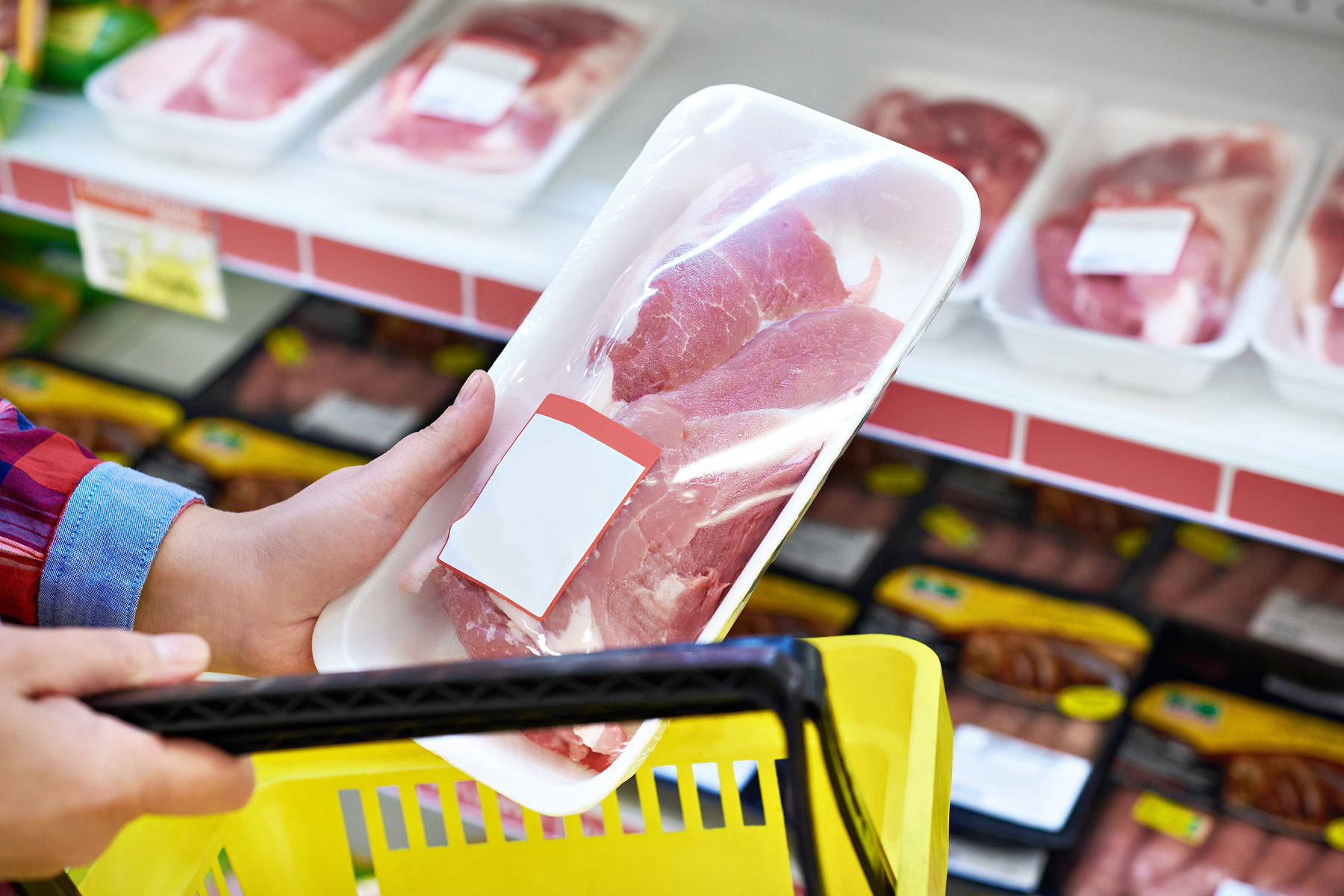

Coming soon: Next year, the Federal Minister of Agriculture has declared, will see the introduction of a national animal welfare label. Now, retailers have anticipated her. A common, industry-wide labelling system specifying the method of production was launched on 1 April. However, this did not bring about much change. Supermarket chains and discount supermarkets have merely agreed to use a common logo.
As early as 2018, Lidl introduced a labelling system specifying the method of production for poultry, beef and pork then known as »Haltungskompass« (method of production compass). The other supermarket chains gradually followed suit with identical systems but different names. Apparently, they have now agreed to use a joint system. The new retail label, which is simply called »Method of production«, consists of four tiers: 1. indoor livestock farming, 2. indoor livestock farming plus, 3. outdoor livestock farming and 4. Premium. While tier one comes up to the minimum regulatory standard, specifications for the premium tier are equivalent to those of the organic seal.
Does this new retail label indeed anticipate the planned governmental label for animal welfare? The Federal Ministry of Food and Agriculture (BMEL) has already criticised the retailers’ actions. Minister Klöckner emphasised that a national animal welfare label will set far higher and more comprehensive requirements than the retailers’ method of production label. To be fair, this cannot be denied. After all, the retailers’ label is merely a classification system, whereby the different tiers reflect requirements of other existing labels. It is managed by the Gesellschaft zur Förderung des Tierwohls in der Nutztierhaltung mbh, the organisation that is also responsible for the Animal Welfare Initiative. They do not, however, have supervisors of their own to monitor compliance of the provisions.
Furthermore, it is still unsure how the different tiers will eventually be present in the supermarkets. If consumers only have a choice between tier 1 (regulatory standard, with no additional requirements for animal rearing) and tier 2 (specifications according to the Animal Welfare Initiative which are decidedly lower than those of the different organic seals or the German Animal Welfare Federation), there is not much of a chance for a purchase decision that could favour improvements of animal welfare.
Evidently, the method of production label must be taken at face value: It is no genuine animal welfare label. Although the method of production has an impact on animal welfare, various other factors are also involved. Feeding, especially the right feed additives, can also influence positively animal welfare.
The national animal welfare label will find its way into the refrigerated displays at the beginning of 2020. The questions will then be: Will there be more animal welfare awareness in supermarkets? Which label will consumers end up trusting more? It remains to be seen.